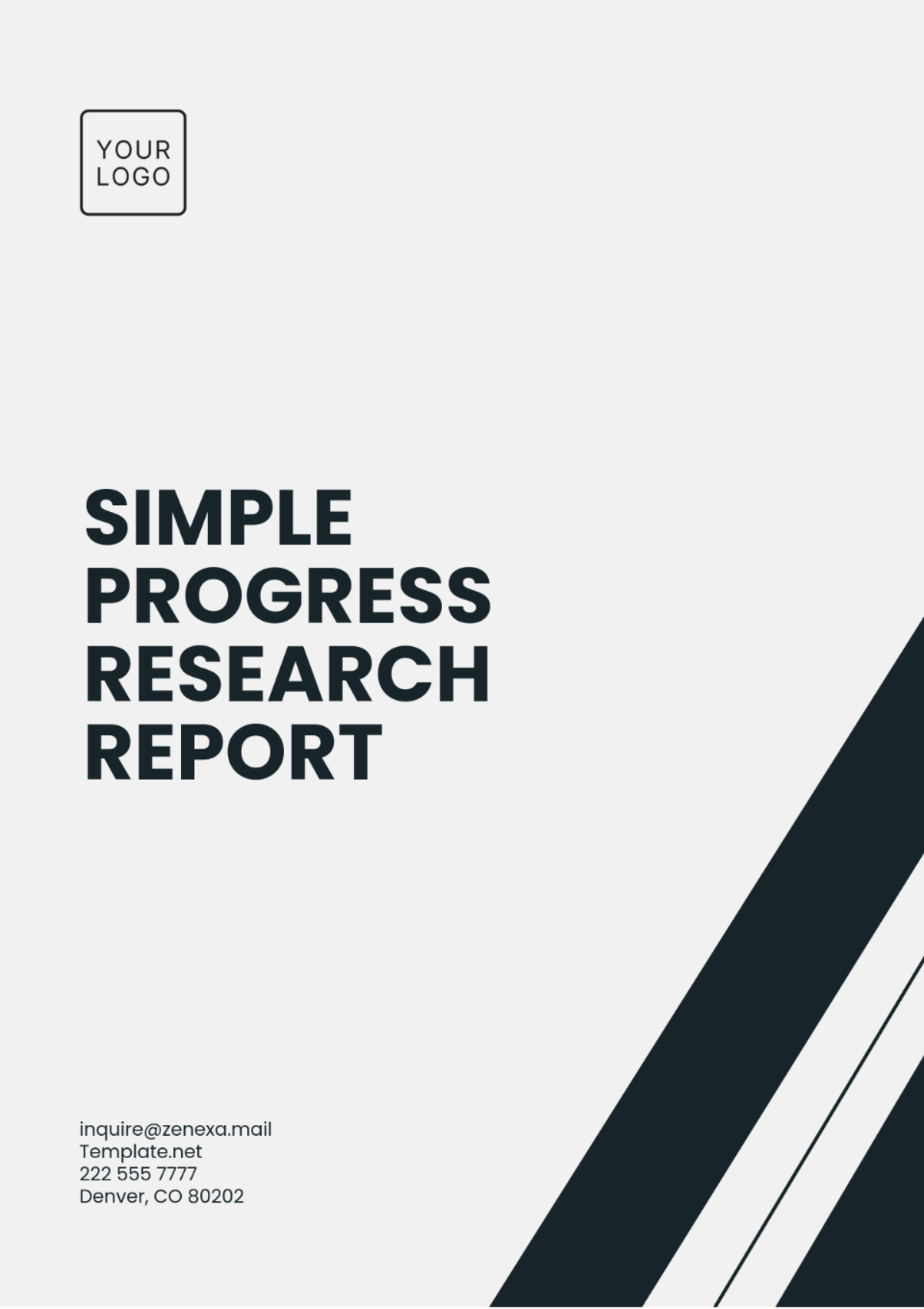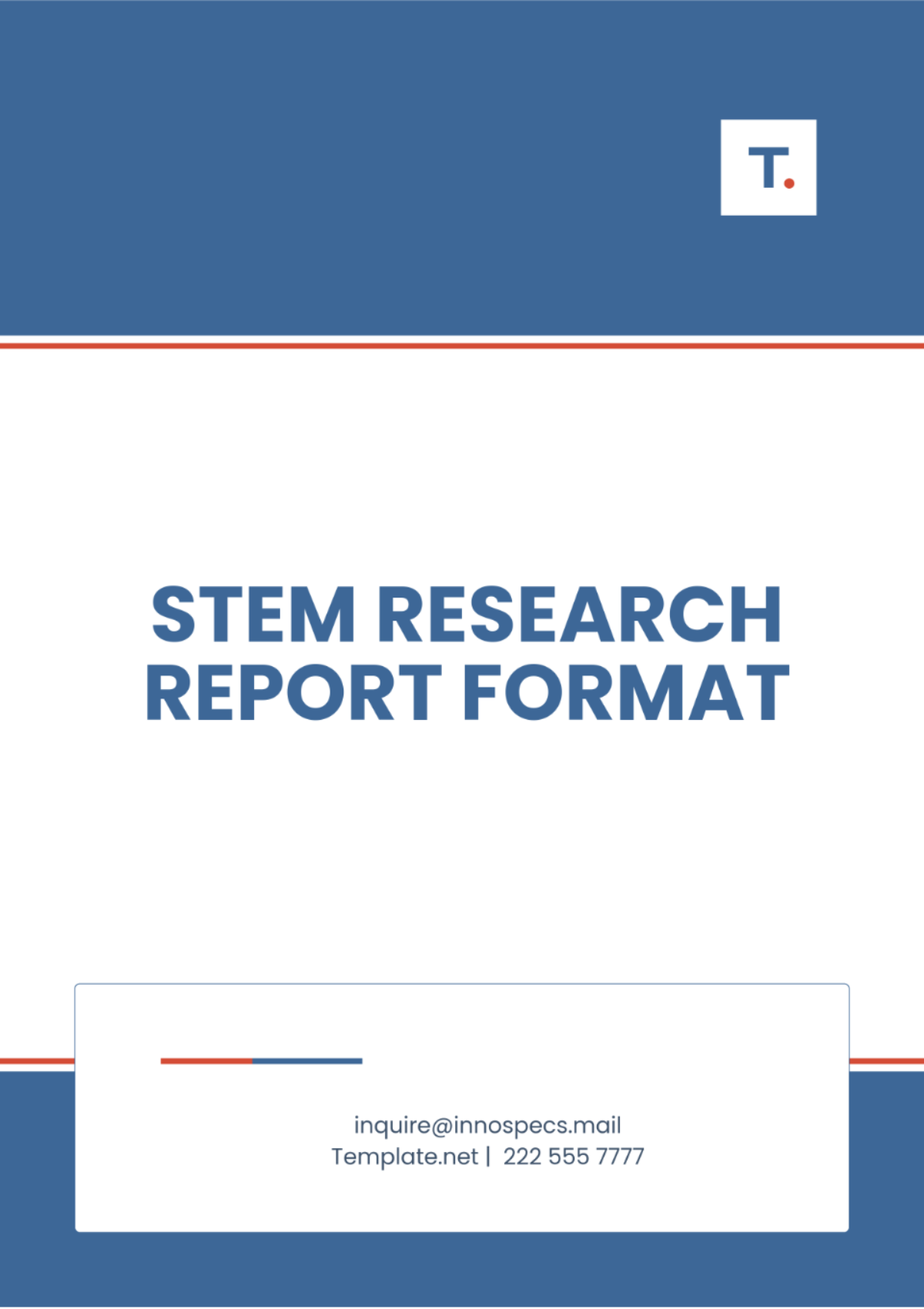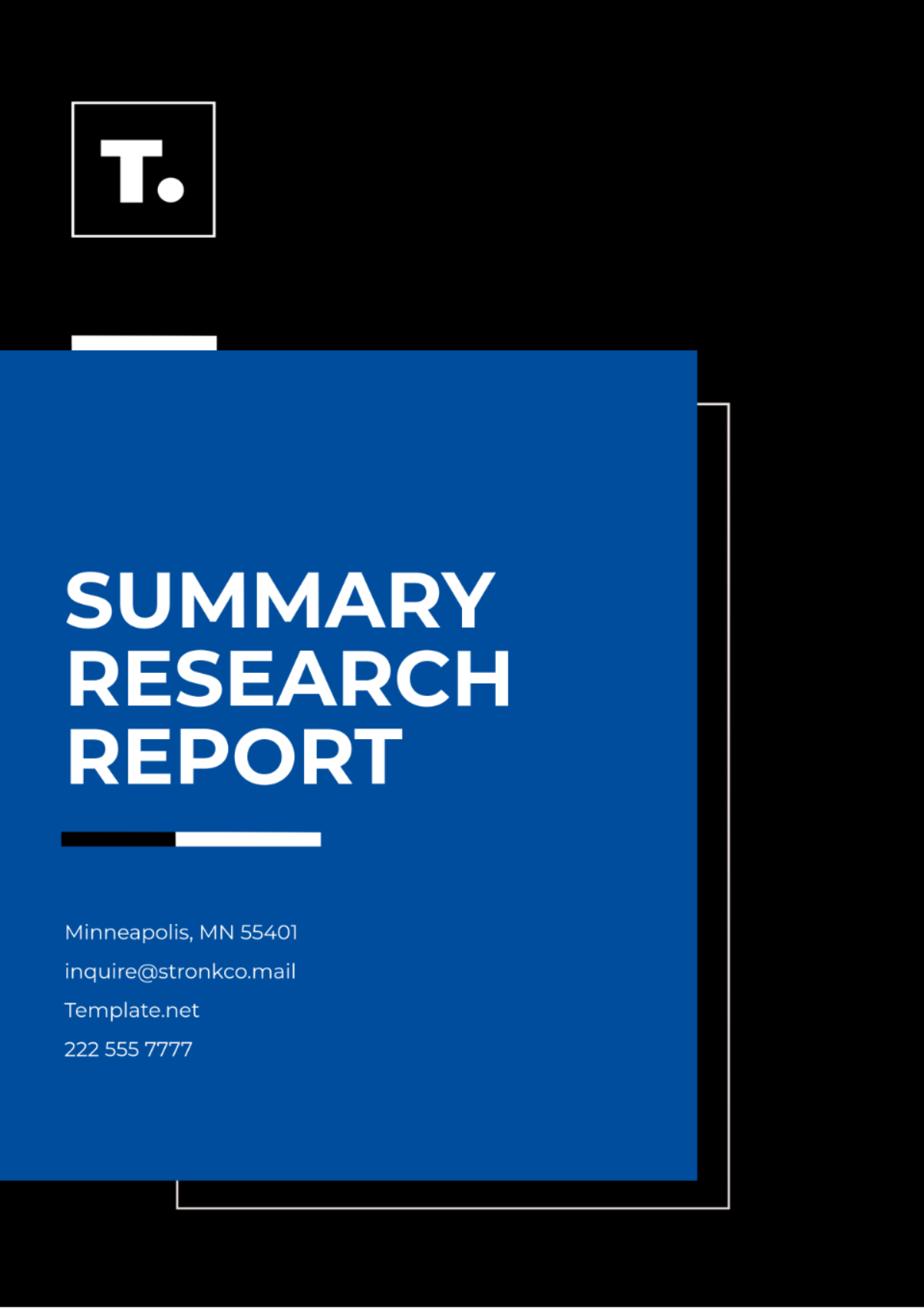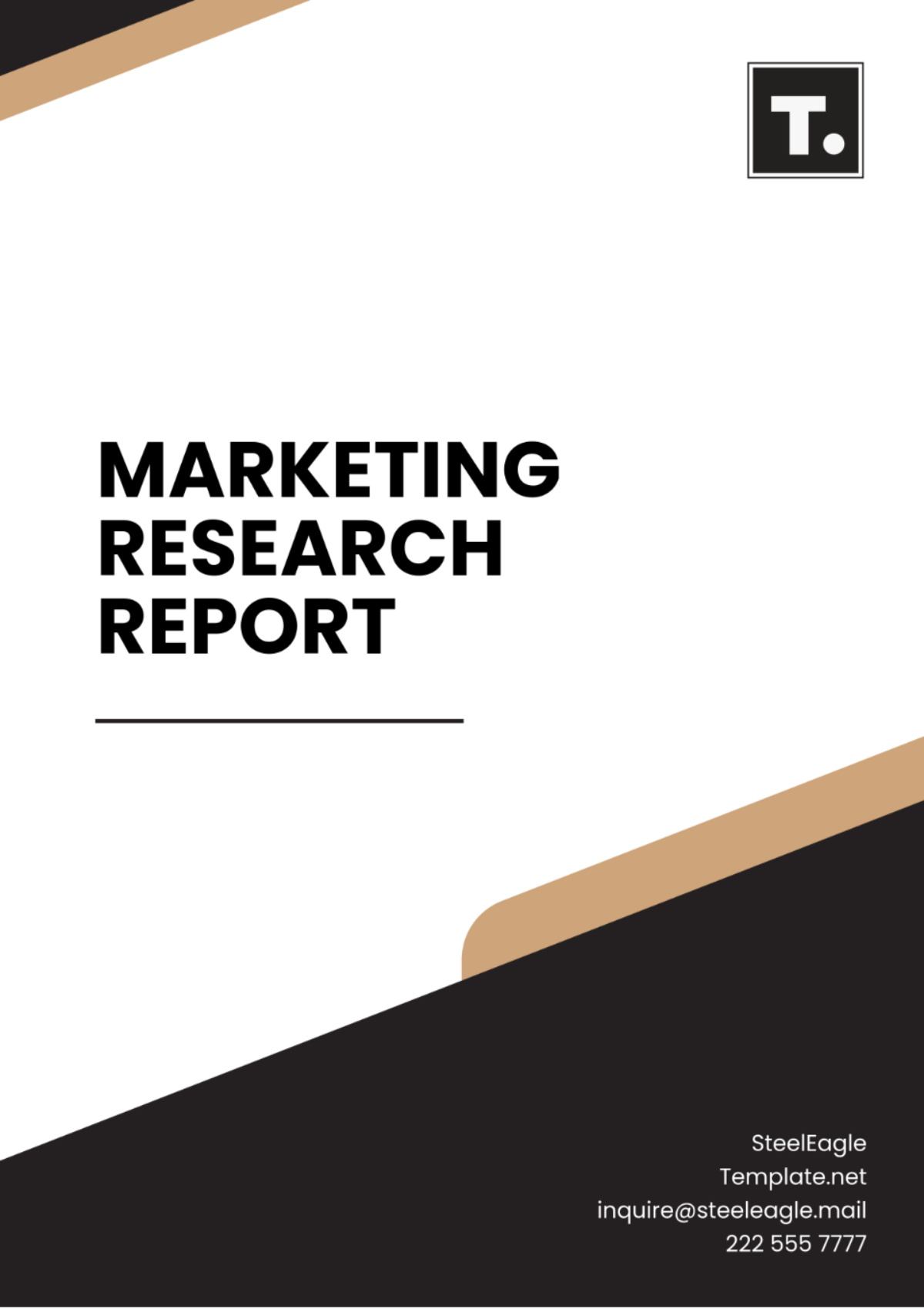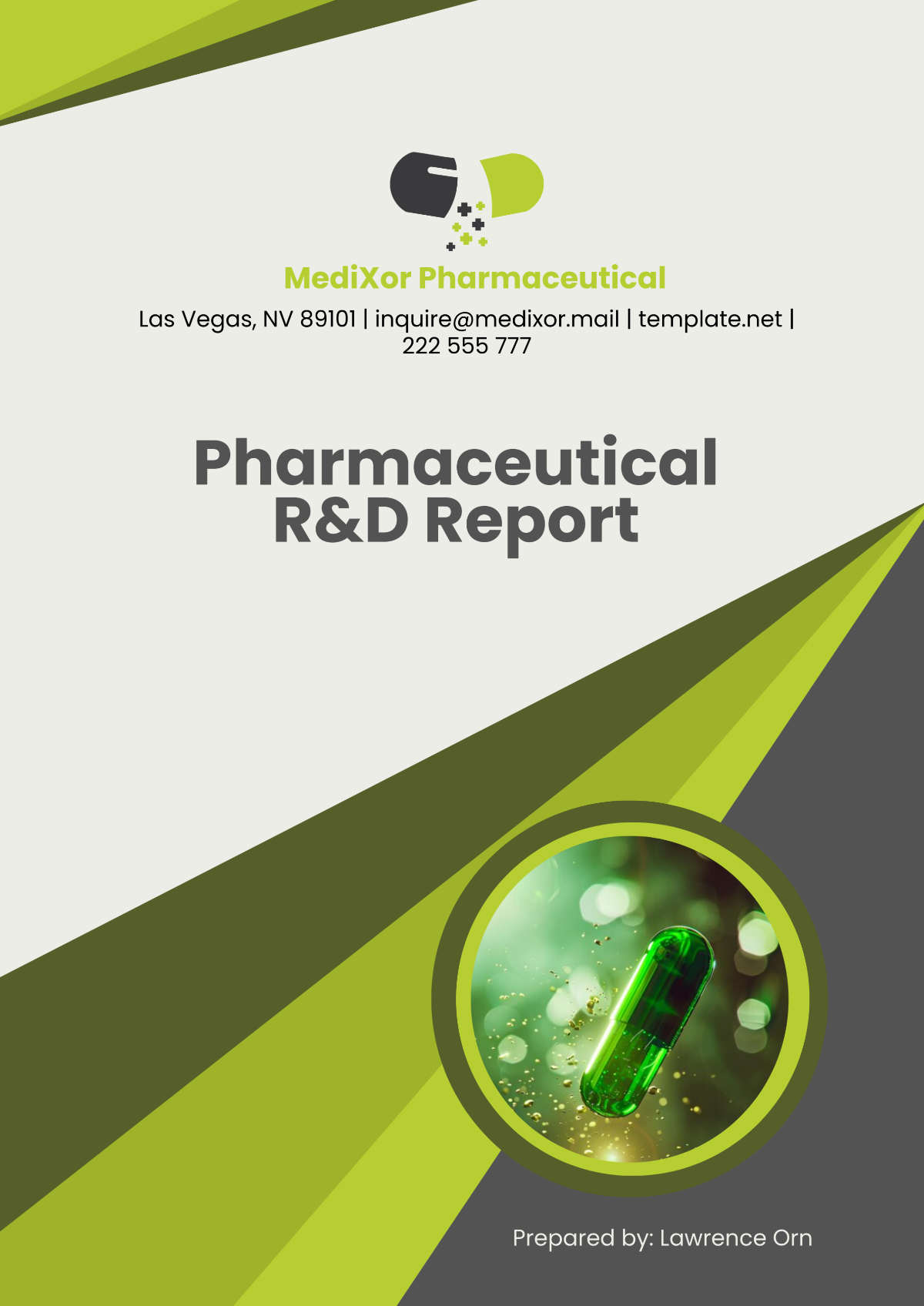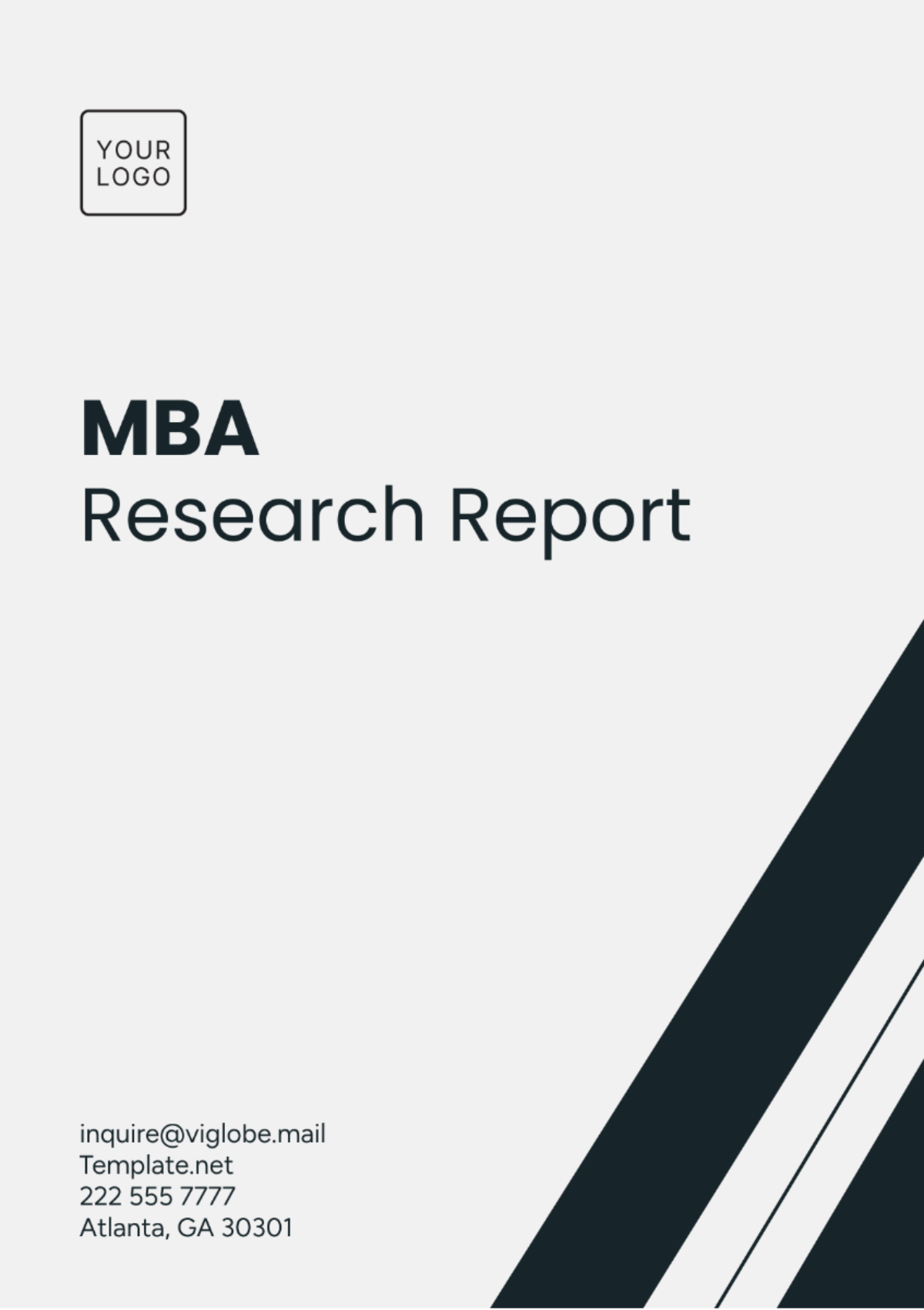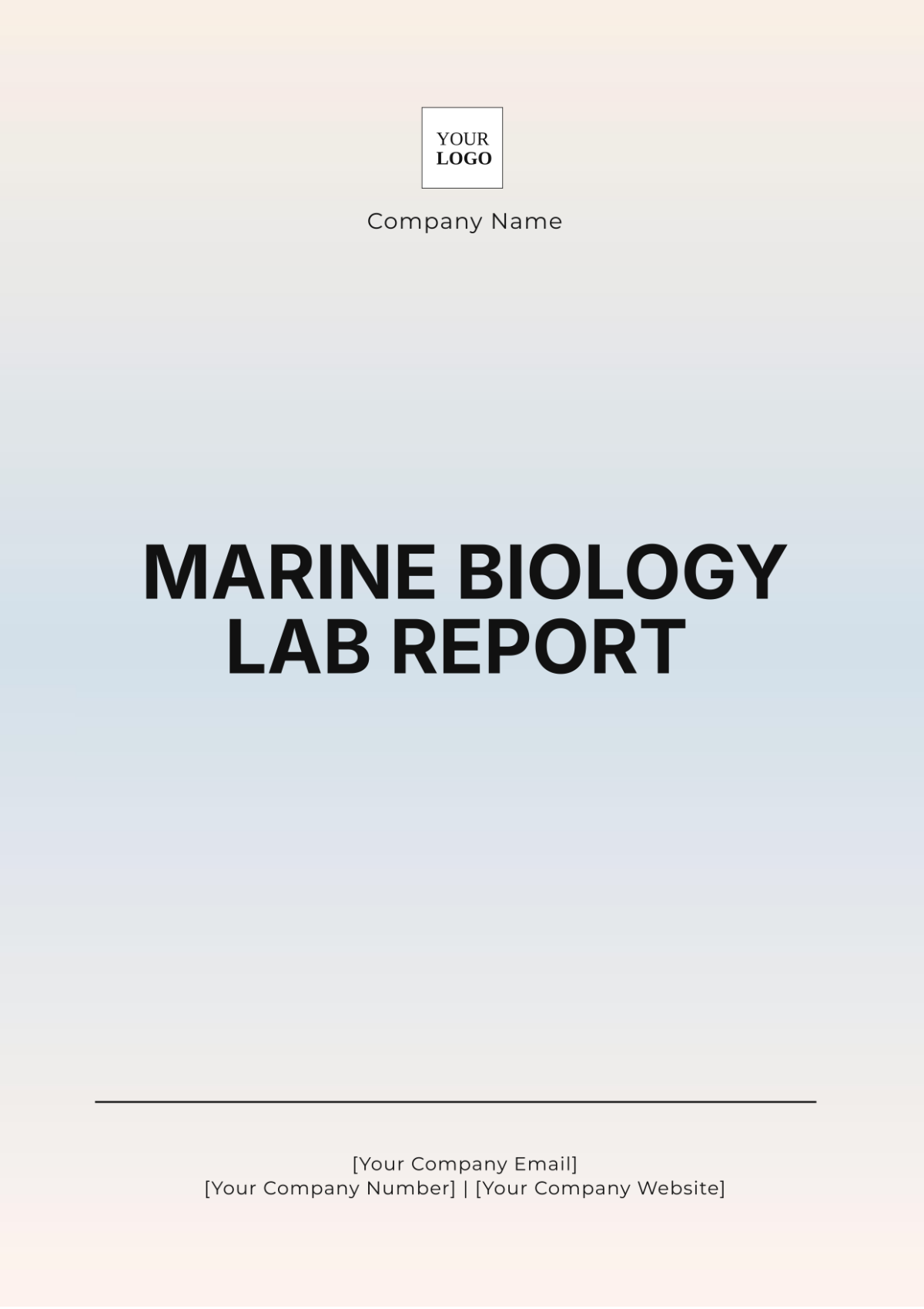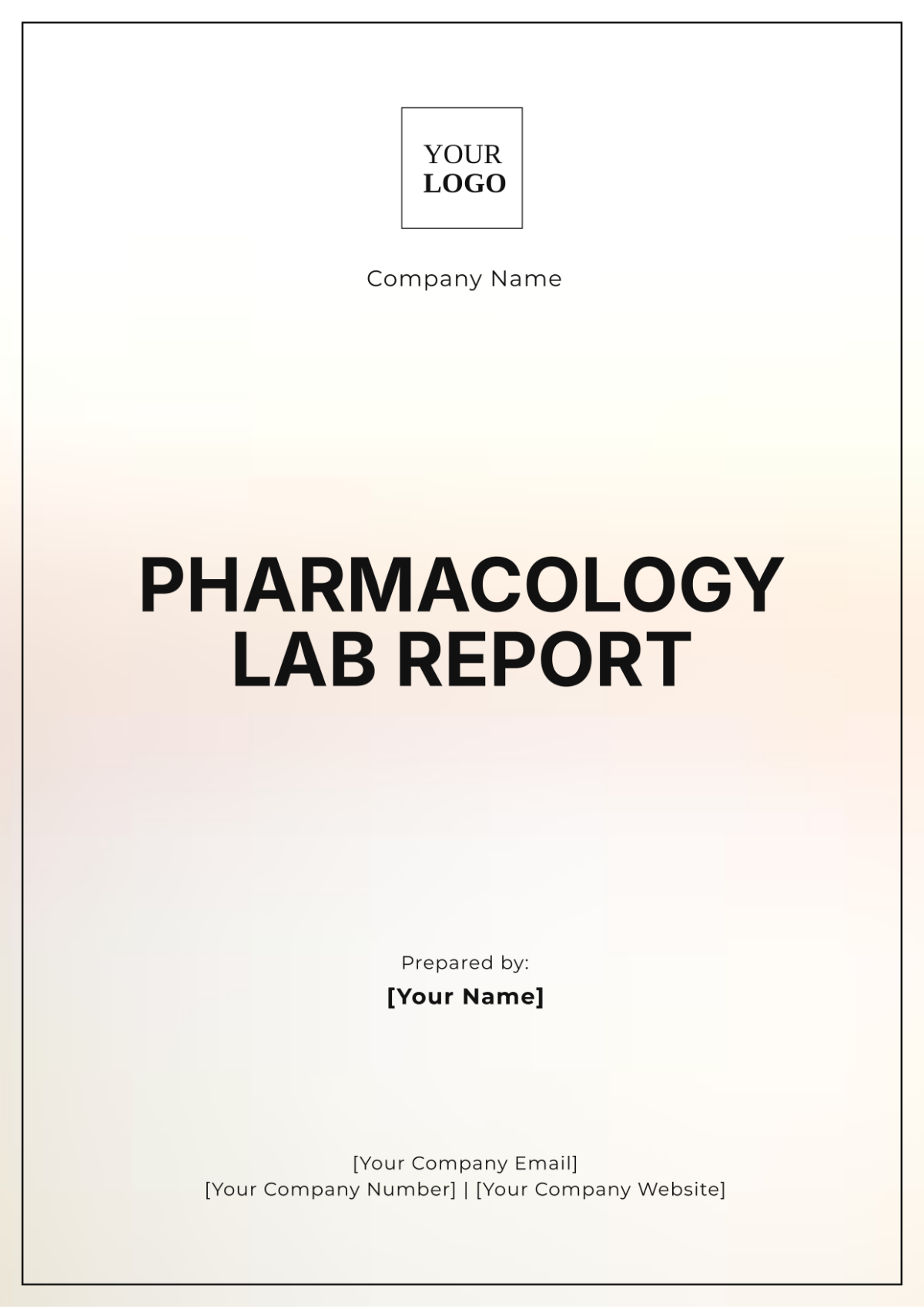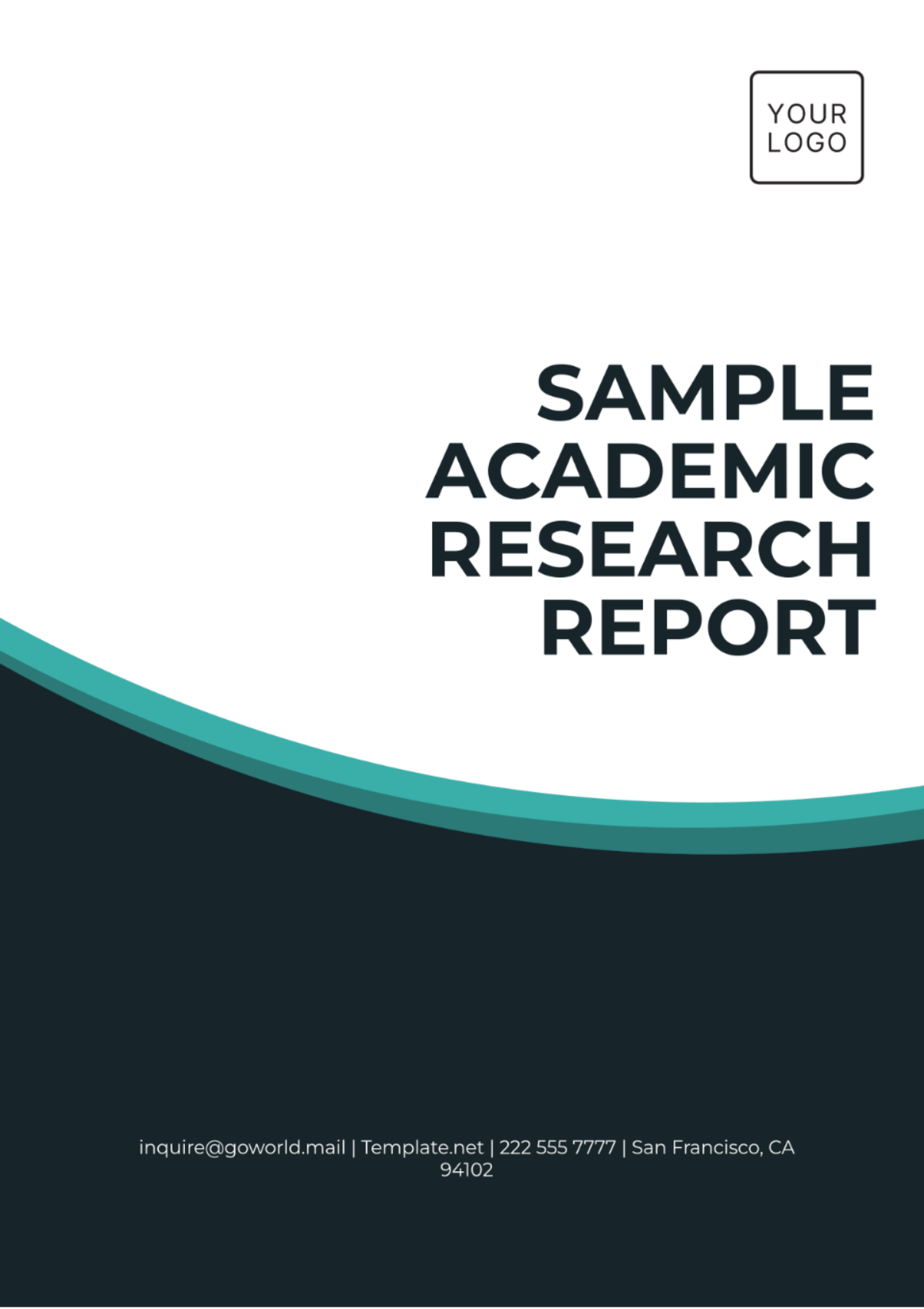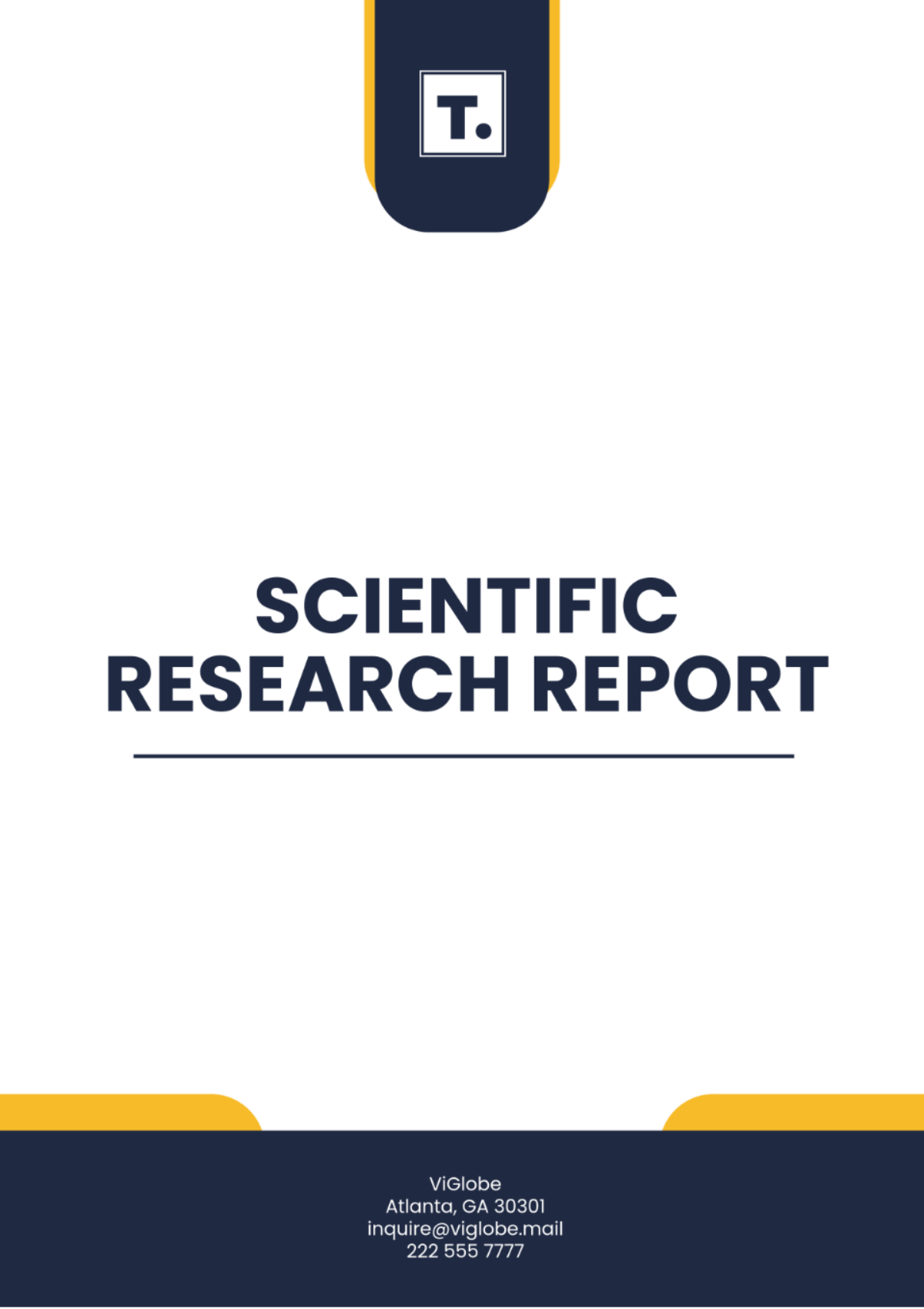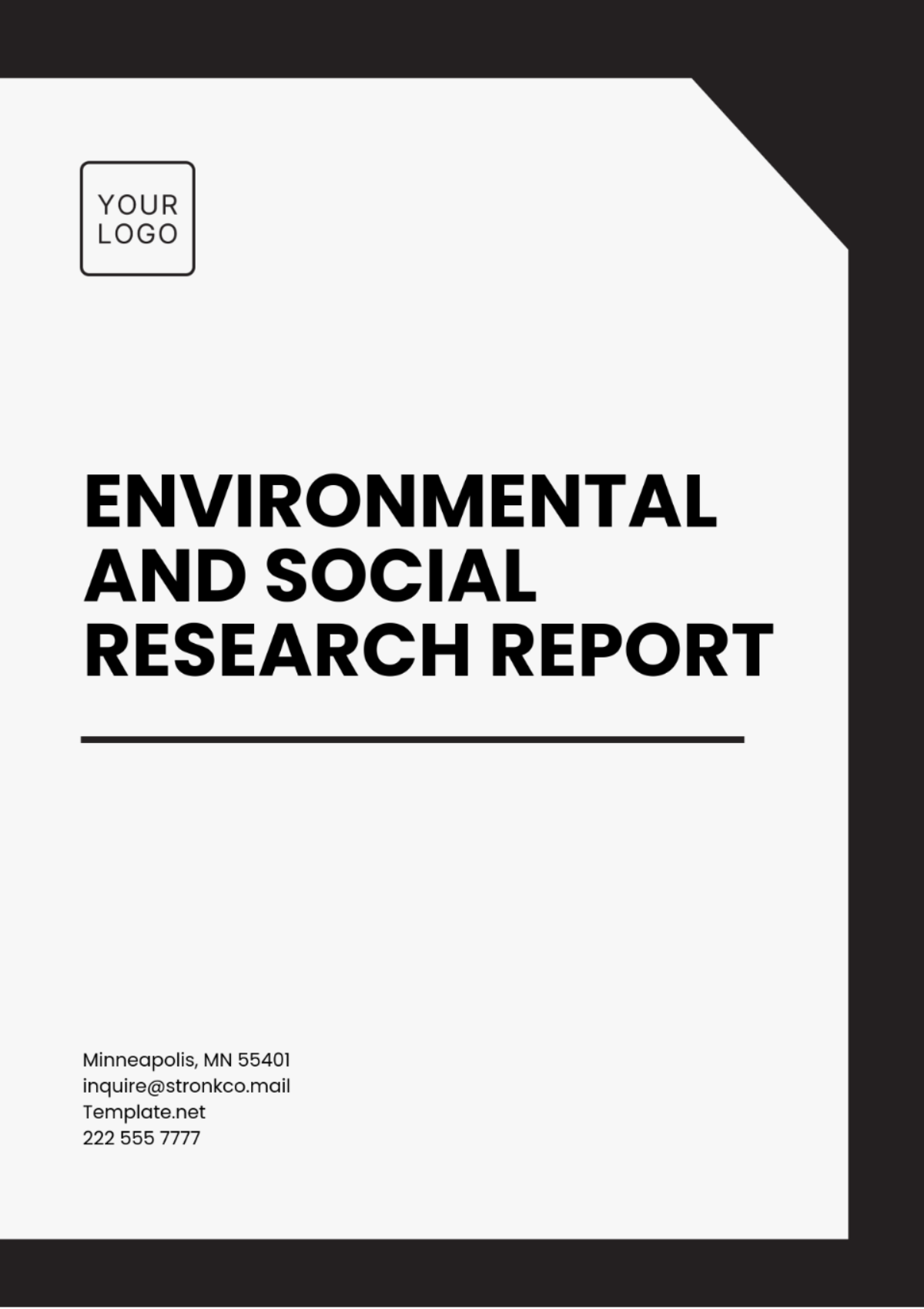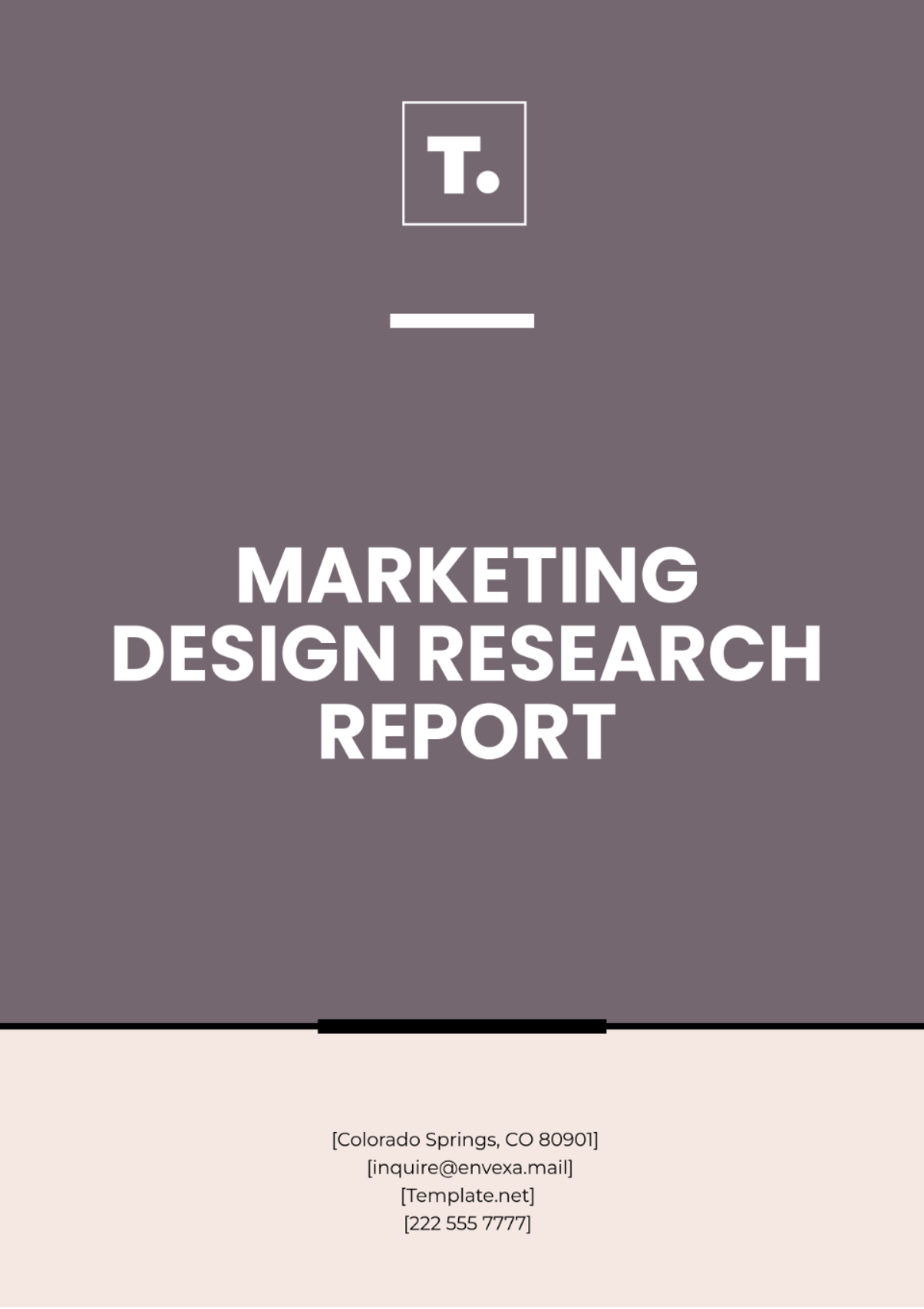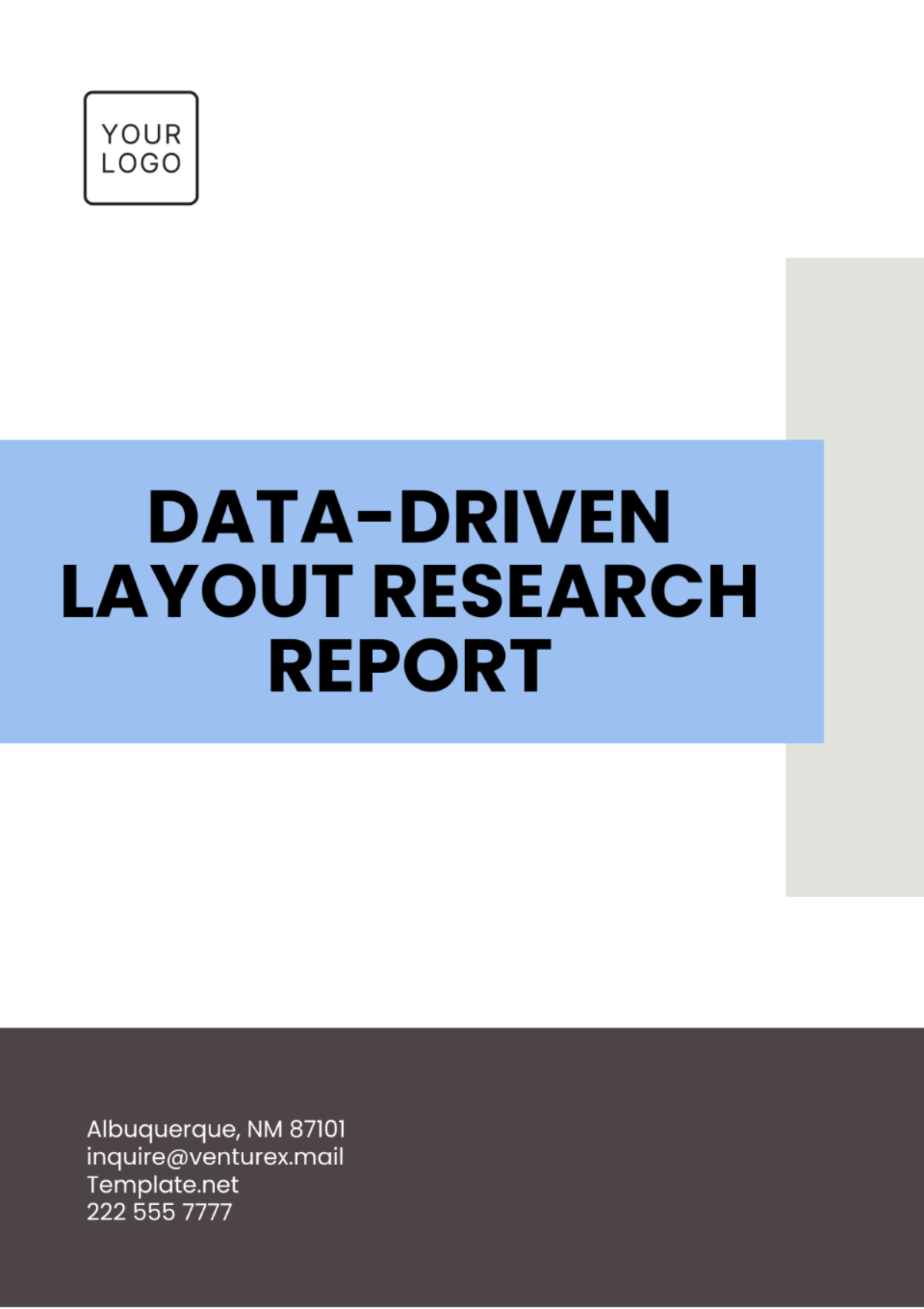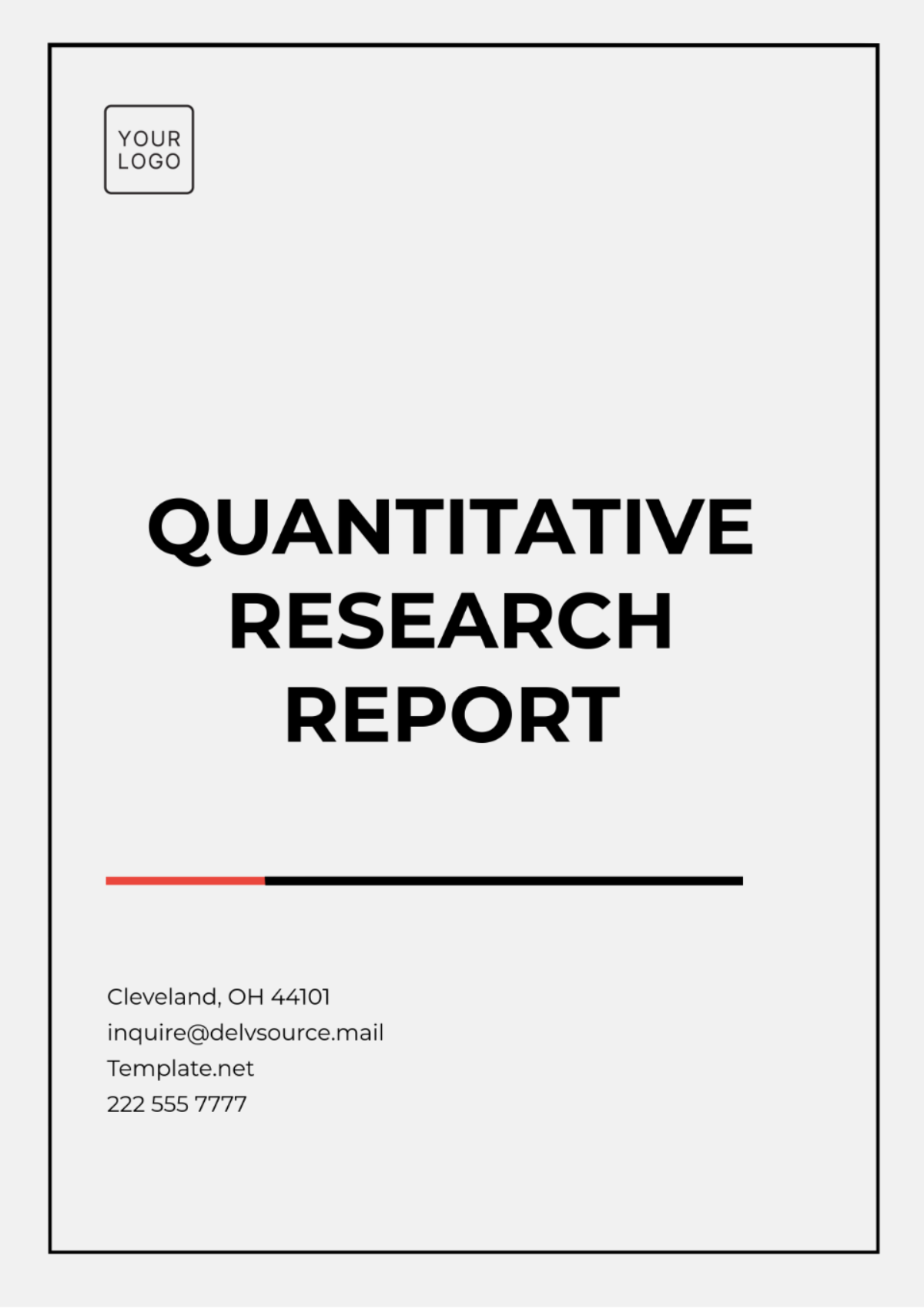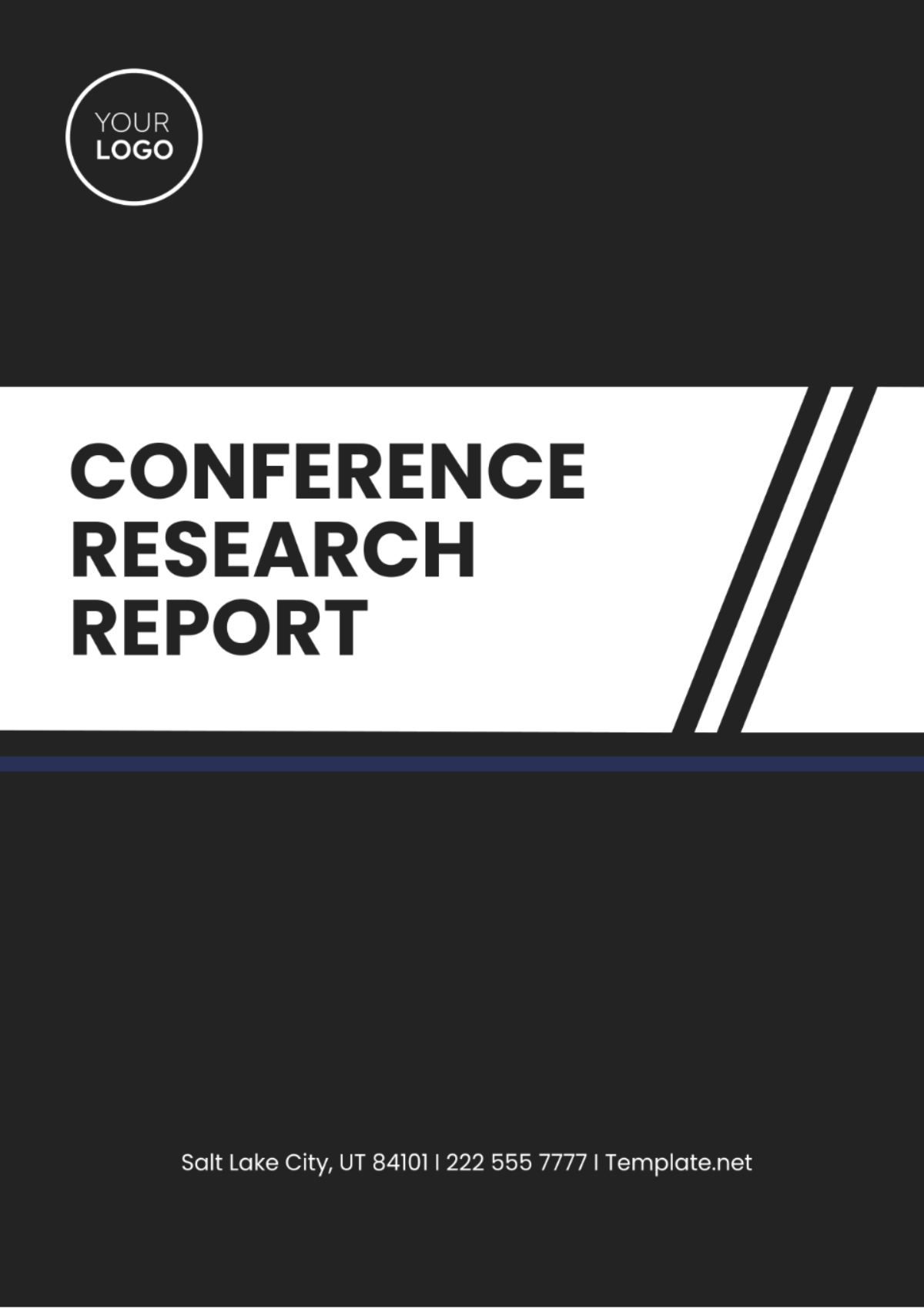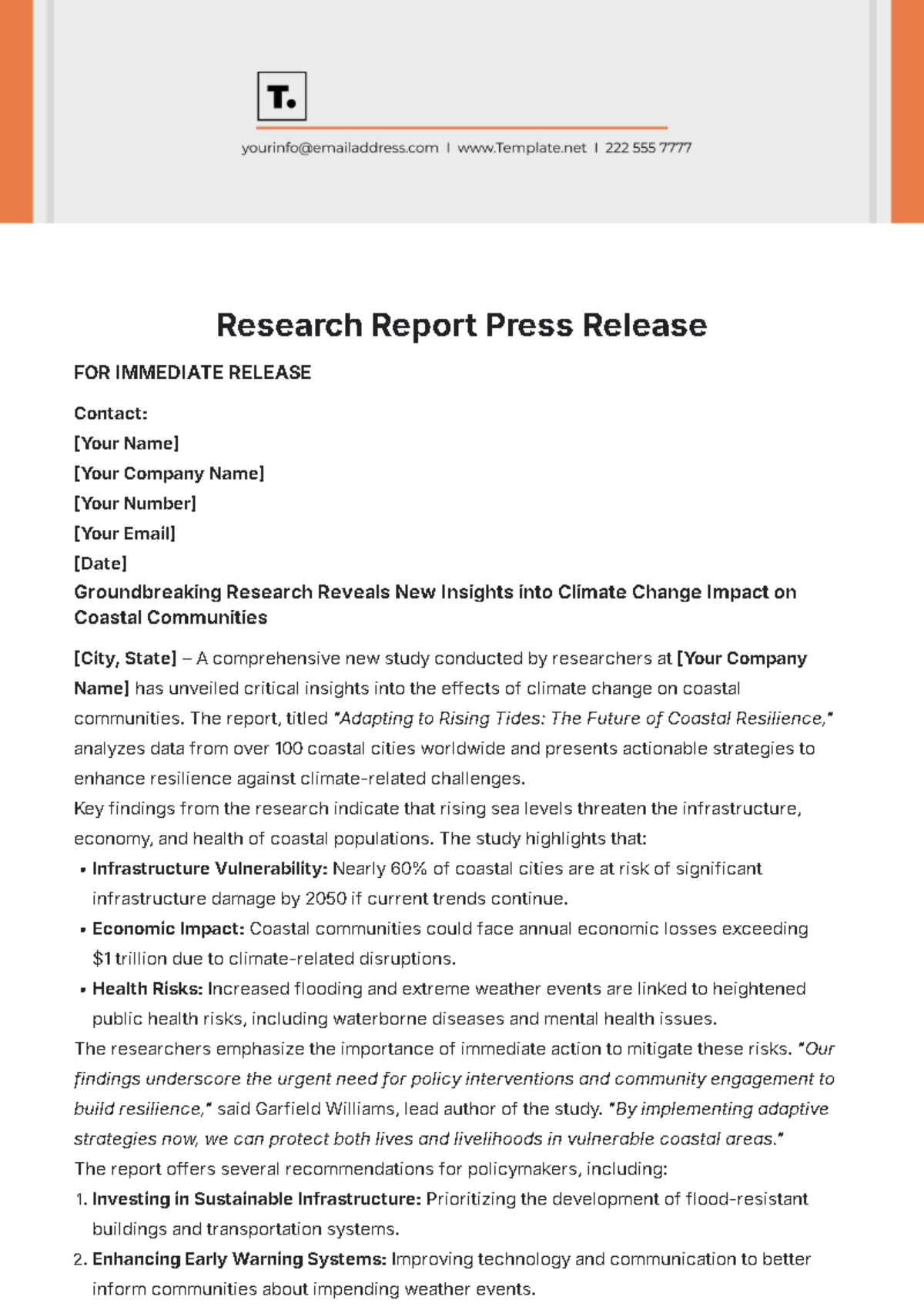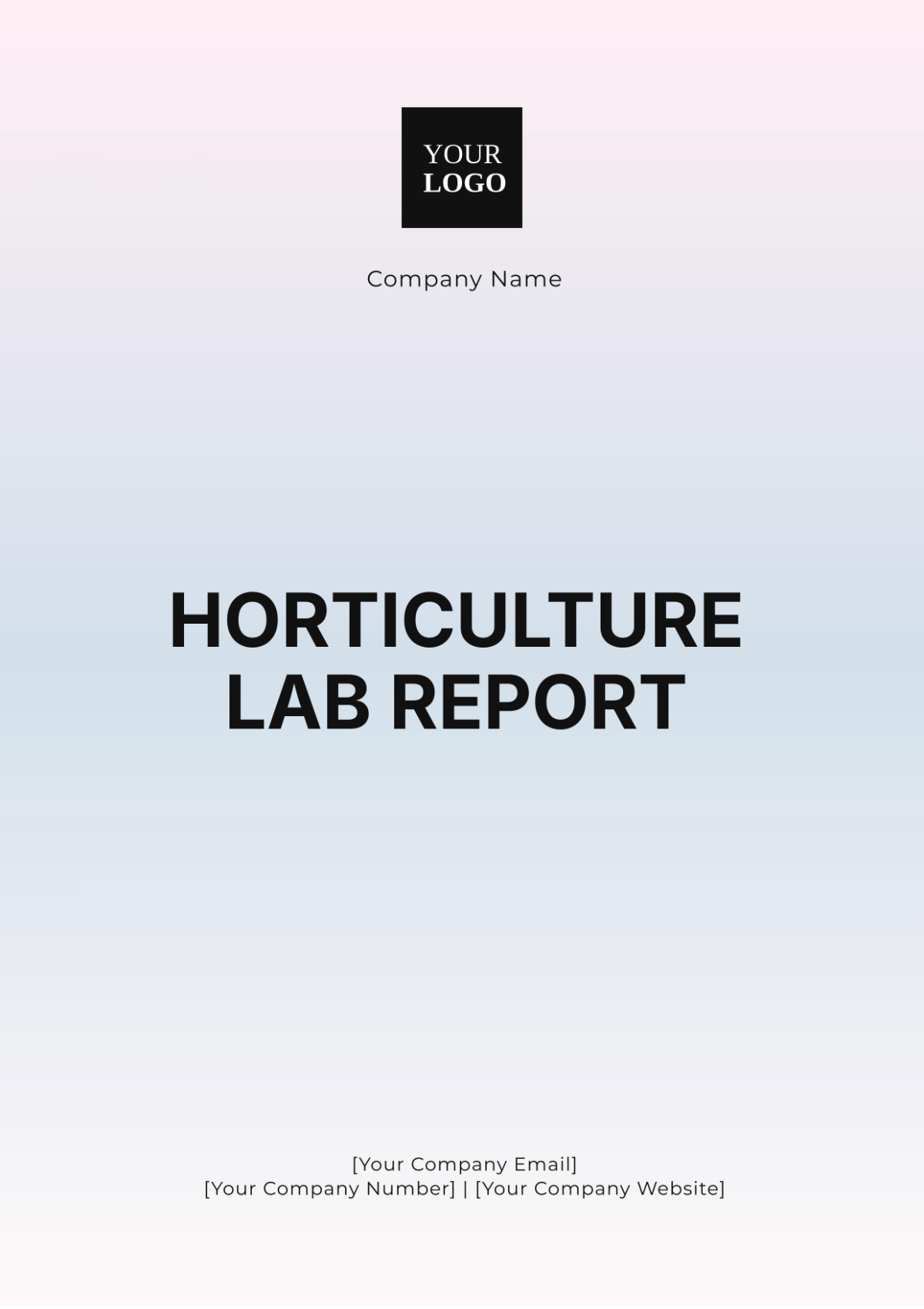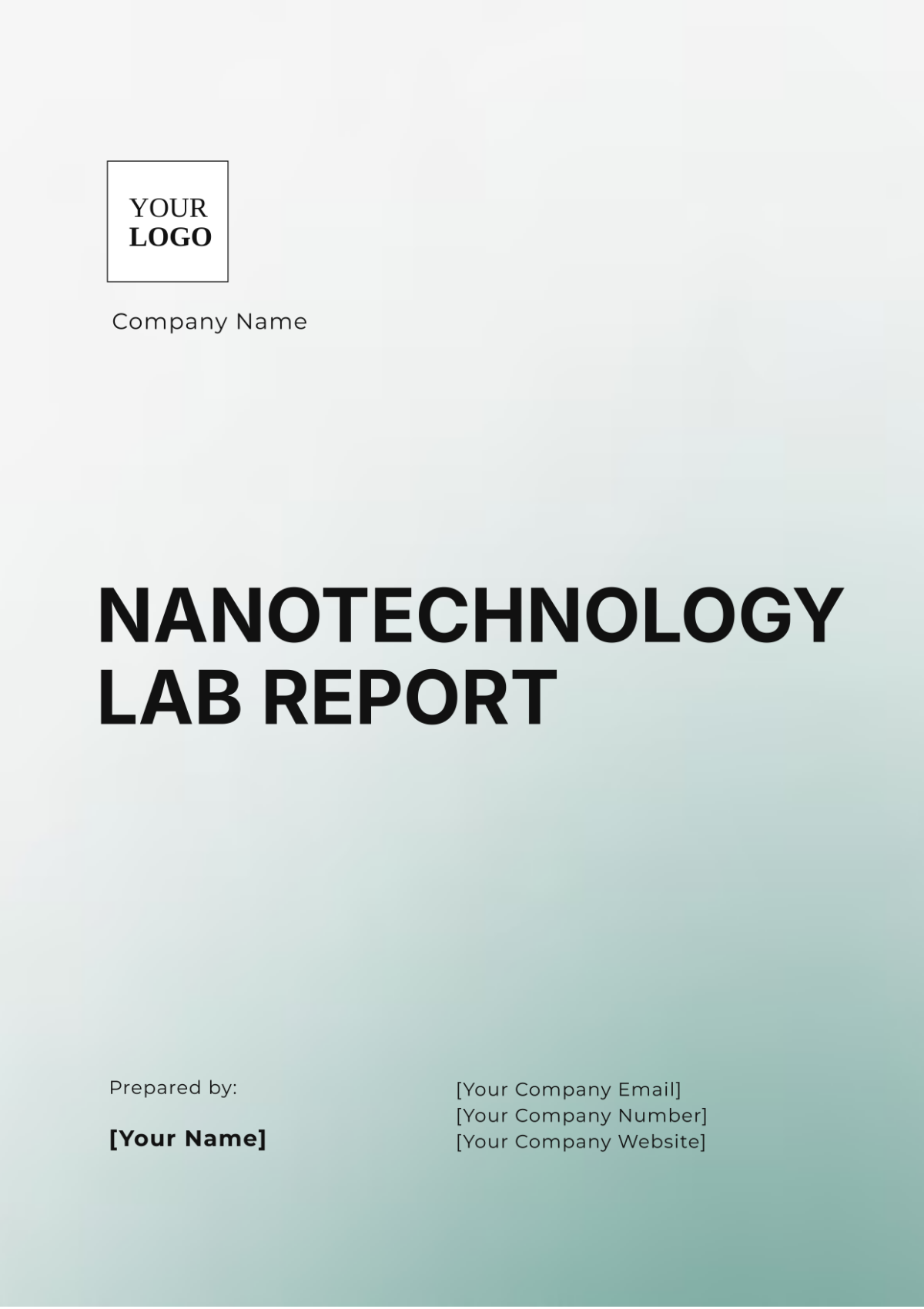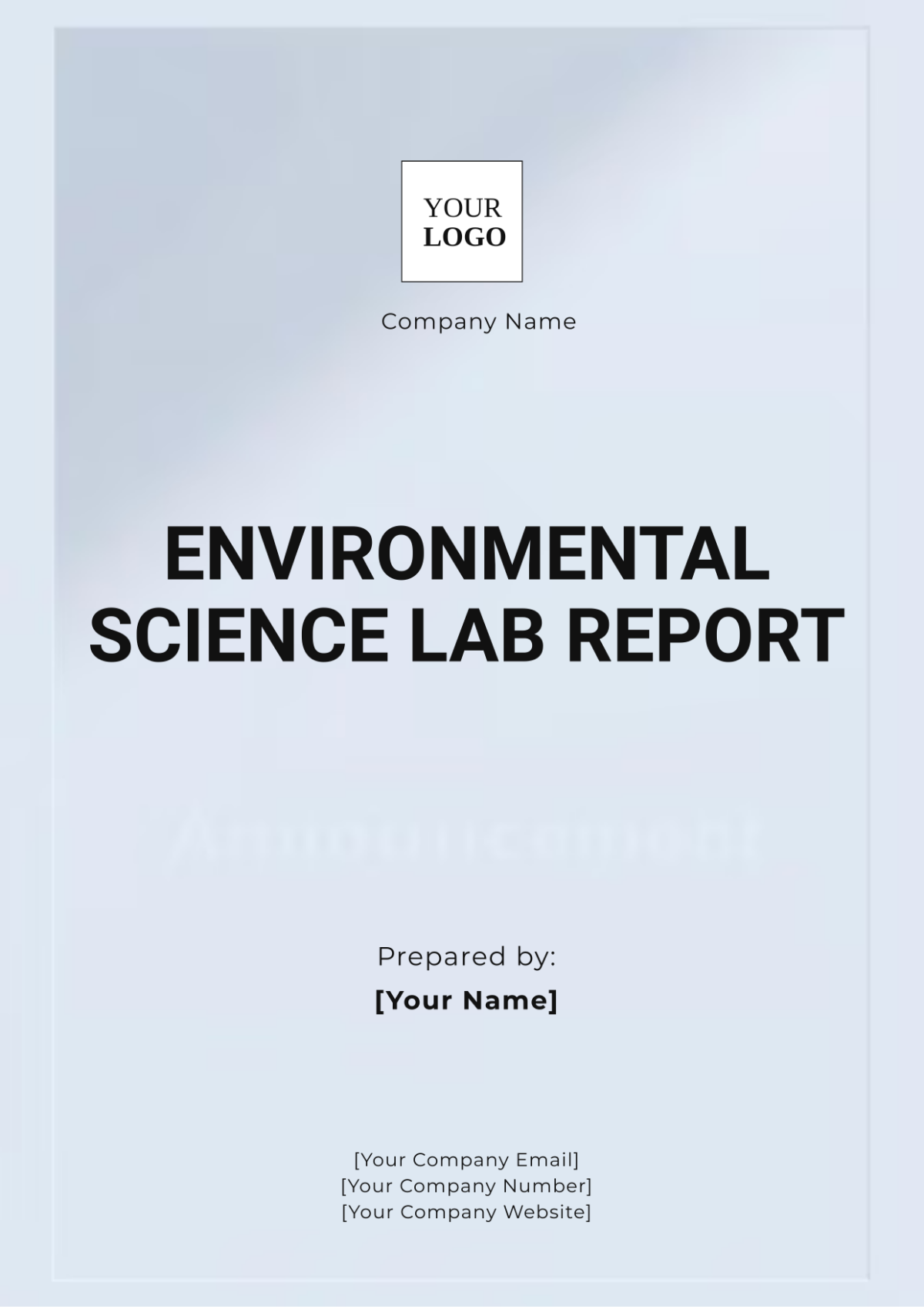LAB REPORT OUTLINE TEMPLATE
Prepared By: [Your Name]
Date: [Date]
Introduction
Water quality is a crucial factor for both environmental and public health. Contaminants such as heavy metals, nitrates, and various microorganisms can pose significant risks. This lab report details the analysis of a water sample collected from a local river, assessing the presence and concentration of specific contaminants.
Materials and Methods
Materials
Water sample (collected from Riverside Park)
pH meter
Spectrophotometer
Laboratory glassware (beakers, test tubes, pipettes)
Reagents for heavy metal detection (e.g., lead, mercury)
Microbial culture media
Sample Collection
The water sample was collected from Riverside Park on September 15, 2023. The sample was collected in a sterile bottle and transported to the laboratory under cold conditions to prevent any chemical or microbial changes.
Laboratory Analysis
The following tests were conducted to analyze the water sample:
pH Measurement
Heavy Metal Detection
Microbial Analysis
Nitrate Concentration
Results
pH Measurement
The pH of the water sample was measured using a calibrated pH meter.
Parameter | Value |
|---|---|
pH | 6.8 |
Heavy Metal Detection
Spectrophotometric methods were used to detect the presence of heavy metals. The results are summarized in the table below.
Metal | Concentration (mg/L) | WHO Limit (mg/L) |
|---|---|---|
Lead (Pb) | 0.05 | 0.01 |
Mercury (Hg) | 0.002 | 0.006 |
Arsenic (As) | 0.004 | 0.01 |
Microbial Analysis
Microbial cultures were incubated to identify and quantify the presence of specific microorganisms.
Microorganism | Count (CFU/mL) | Safe Limit (CFU/mL) |
|---|---|---|
Escherichia coli | 25 | 0 |
Coliform bacteria | 150 | 0 |
Enterococcus | 75 | 0 |
Nitrate Concentration
The nitrate concentration was determined using a spectrophotometer after reaction with specific reagents. The results are shown in the table below.
Parameter | Concentration (mg/L) | WHO Limit (mg/L) |
|---|---|---|
Nitrate (NO3-) | 20 | 50 |
Discussion
The pH of the water sample was within the typical range for natural waters, suggesting minimal acidification. However, the heavy metal analysis revealed lead concentrations five times higher than the WHO safe limit, indicating significant contamination likely from industrial sources or old plumbing systems. Mercury and arsenic levels were well within safe limits.
The microbial analysis showed alarming levels of microbial contamination, particularly with coliform bacteria and E. coli, indicating fecal contamination. This could be due to runoff from agricultural areas or septic tank leakage into the river.
Conclusion
The analysis of the water sample from Riverside Park revealed significant contamination concerns, particularly with lead and microbial presence. Immediate action should be taken to identify and mitigate the sources of contamination to ensure the safety of the local water supply.
Further studies should focus on regular monitoring and extended testing for other potential contaminants. Public awareness campaigns and stricter regulatory measures are recommended to prevent future contamination.
References
World Health Organization. (2053). Guidelines for Drinking: Water Quality.
American Public Health Association. (2052). Standard Methods for the Examination of Water and Wastewater.
Environmental Protection Agency. (2051). National Primary Drinking Water Regulations.

